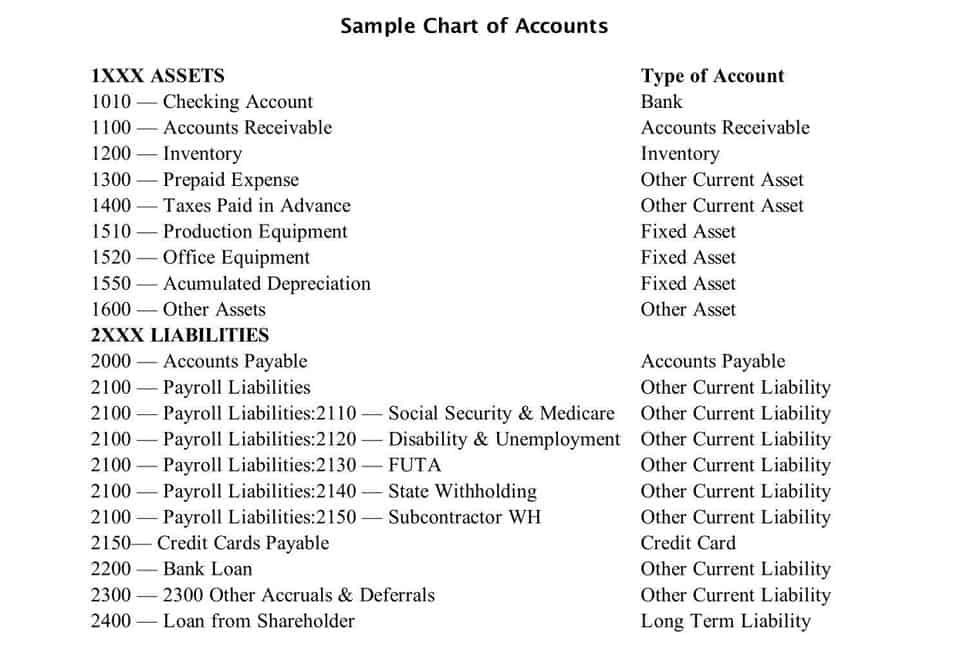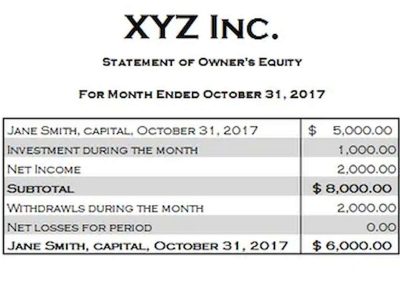
Add fixed overhead and fixed selling and administrative to calculate total fixed cost. Watch this video from Investopedia reviewing the concept of contribution margin to learn more. Keep in mind that contribution margin per sale first contributes to meeting fixed costs and then to profit. Larger organizational segments can be further divided into segments within that segment. Media Masters has two large divisions–social media games and cell phone games.
How do you calculate EBIT and EBITDA on an income statement?

For example, Graeters Ice Cream will look at the profitability of the company as a whole as well as the profitability of each individual retail location. Graeters might also look at the profitability of product lines across all locations. In this case, the data would be segmented by product lines, such as ice cream and bakery items. A large or complex organization may segment the overall financial data in multiple ways in order to analyze the various parts. To calculate the contribution margin, you need to understand the difference between fixed costs and variable costs. The contribution format income margin is essential for understanding the financial performance of individual products or services.

Mixed Cost

A higher contribution margin ratio alone is favorable relative to a lower one; the 46.9% for Projection 1 is greater than the 44.0% for Projection 6. Yet if fixed costs are $375,000, the contribution margin dollar amount for Projection 1 would only be enough to break even, whereas Projection 6 would yield operating income of $26,500. Many decisions require a combination of analyses to determine the optimal outcome,but the results from separate measures can be insightful in determining points of strength and weakness. You might wonder why a company would trade variable costs for fixed costs.

What is a Contribution Format Income Statement?
As with other figures, it is important to consider contribution margins in relation to other metrics rather than in isolation. The contribution margin is computed as the selling price per unit, minus the variable cost per unit. Also known as dollar contribution per unit, the measure indicates how a particular product contributes to the overall profit of the company.
- You may also look at the following articles to enhance your financial skills.
- This makes the EBITDA figure important for investors looking to put money into a business.
- At a contribution margin ratio of \(80\%\), approximately \(\$0.80\) of each sales dollar generated by the sale of a Blue Jay Model is available to cover fixed expenses and contribute to profit.
- That’s why any business worth its salt will look to improve its margins wherever possible.
- Traditional income statements calculate a company’s gross profit margin by subtracting the cost of goods sold COGS from revenue.
- When allocating scarce resources, the contribution margin will help them focus on those products or services with the highest margin, thereby maximizing profits.
Fixed costs and the segmented income statement LO4
Fixed costs on other hand don’t increase or decrease with the level of activity. For example, raw materials cost increases the more products are manufactured. We explain contribution margin statement its formula, differences with gross margin, calculator, along with example and analysis.
- Variable costs are not consistent and are directly related to the product’s manufacture or sales.
- Therefore, this income statement will be based off the sale of 8,000 units.
- After printing the Contribution Margin (Statement) Form, show it to your accountant so that you can discuss the results.
- A comparison by sales region shows that the contribution margin ratio for the East, 42.3%, is lower that of the company as a whole, 45.4%.
- Creating and analyzing a contribution margin income statement can feel complex, but it’s a game-changer for understanding product performance and making informed business choices.

Contribution margin and bookkeeping regular income statements can be very detailed, requiring an in-depth understanding of the business’s inner workings. You’ll notice that the above statement doesn’t include the contribution margin. That’s because a contribution margin statement is generally done separately from the overall company income statement. Earnings Before Interest, Taxes, Depreciation, and Amortization (EBITDA) measures a company’s financial health.
Examples of Contribution Margin Income Statement
Now you know all about the contribution margin income statement, how it differs from the traditional income statement, and how to make Bakery Accounting one. However, knowledge isn’t quite enough if you’ve got reports to create and stakeholders to reassure on top of your day-to-day tasks. A contribution margin is a gap between the revenue of a product and the variable costs it took to make it.
The two basic guidelines for allocating indirect fixed expenses are by the benefit received and by the responsibility for the incurrence of the expense. Assess which products or services have the highest contribution margins and focus on selling more of these items. Contribution margins represent the difference between the selling price and the cost of goods sold and are crucial for enhancing overall profitability. By optimising your pricing strategies, you can significantly improve your contribution margin.
